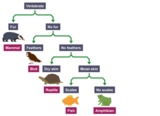
In this video, NC Virtual educator, Brandi Thurmond, discusses Dichotomous Keys with the aid of a light board.
- Subject:
- Biology
- Material Type:
- Presentation
- Author:
- Mallory Strelecky
- Date Added:
- 05/28/2020

In this video, NC Virtual educator, Brandi Thurmond, discusses Dichotomous Keys with the aid of a light board.

In this video, NC Virtual educator, Brandi Thurmond, discusses Dichotomous Keys with the aid of a light board.
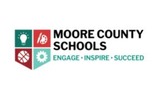
Students will create a sustainable ecosystem and observe the process of carbon cycling and photosynthesis using time lapse cameras.
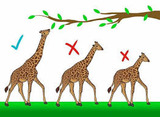
In this video, NC Virtual educator, Brandi Thurmond, discusses Air Pollution with the aid of a light board.

In this video, NC Virtual educator, Brandi Thurmond, discusses Air Pollution with the aid of a light board.

In this series of videos, NC Virtual educator, Brandi, presents on a series of Biology topics with the aid of a light board to present key concepts to students.Standards alignment for each video is included in each video title.Standards and topics include: Bio 2.1 (Bioaccumulation and Biomagnification)Bio 2.2.1 (Air Pollution)Bio 3.1.2 (Transcription and Translation)Bio 3.3 (Characteristics of Living Things)Bio 3.4.2 (Natural Selection)Bio 3.4.3 (Antibiotic/Pesticide Resistance)Bio 3.5.1 (Dichotomous Keys)

CK-12 Biology Teacher's Edition complements the CK-12 Biology Student Edition FlexBook.
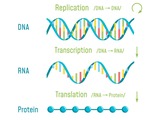
In this video, NC Virtual educator, Brandi, presents on transcription with the aid of a light board to present key concepts to students.

CK-12 Biology Workbook complements its CK-12 Biology book.

This content resource provides the user with a visual representation of enzyme-substrate interactions resulting in a specific product. This is not a complete lesson, but would be beneficial for students as a review prior to an assessment or for teachers as a quick refresher on enzyme-substrate interactions.

Biomes

BiotechnologyGiving us credit when you use our content and technology is not just important for legal reasons. When you provide attribution to CK-12 Foundation, you support the ability of our non-profit organization to make great educational experiences available to students around the world.Our Creative Commons License welcomes you to use our content and technology when you give us attribution. If you have any questions about our policies, contact us at support@ck12.org
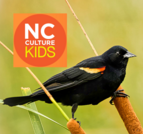
In this short video, join Emily and Emma from the Prairie Ridge Ecostation in Raleigh to take a look at some birds and learn about how we can observe all kinds of wildlife in our everyday lives.
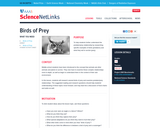
Students research specific examples of birds (predators) and what they eat to survive (prey) to help them better understand the predator/prey relationship.

In this interactive activity, students will learn the concepts and techniques behind DNA profiling and how to interpret DNA autoradiograms and evaluate DNA profiles to determine familial relationships.

Students will make observations of the behaviors of brine shrimp in order to investigate the phenomenon of sexual selection.

In this activity, students will explore NOAA's Coral Reef Watch: Satellite Coral Bleaching Monitoring Datasets page in Google Earth. The referenced "Engage" activity can be found at (http://climateclassroom.org/lesson/engage-hs-3/).

Students will use the stories in episodes one and two of "Years of Living Dangerously" to better understand the long term impacts deforestation and longer wildfire seasons have on the environment.

Cell organelles are often studied in isolation or as a part of a big picture lesson on cells. This activity combines knowledge of cell organelle functions with changes that can occur in DNA that causes these organelles to not work as they should. This assignment would best fit in after students have learned about cell organelles and are studying genetics and mutations. The task requires them to write the story of a sad cell: a cell whose DNA has had mutations occur that cause it to have organelles that no longer work correctly. This lesson was developed by NCDPI as part of the Academically and/or Intellectually Gifted Instructional Resources Project. This lesson plan has been vetted at the state level for standards alignment, AIG focus, and content accuracy.
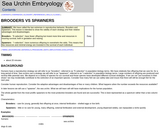
In this activity, students evaluate the validity of two different reproductive strategies and their relative advantages and disadvantages.